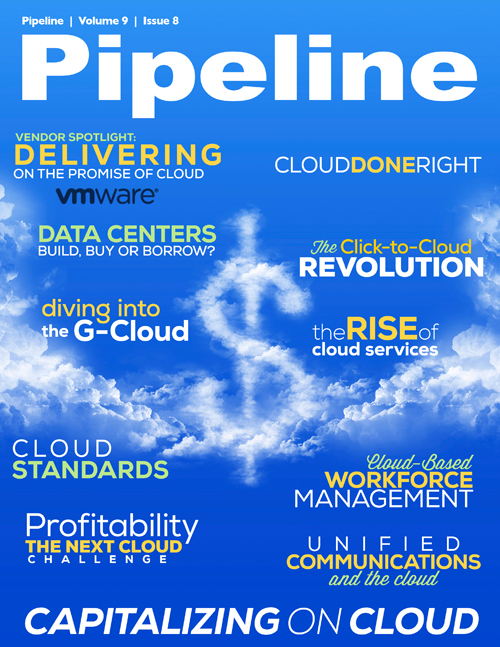Managing the Click-to-Cloud Revolution
Creating a potential bill-shock or “data shock” experience is bad for business. However, so is an interruption in service. Just ask anyone who’s lost an important audio recording that was destined for the Evernote cloud, or an avid online gamer who’s been booted out of a social game at a crucial moment. As more and more users engage with each other through the mobile cloud, a priority must be placed on upstream quality of service in order to maximize the customer experience. Luckily, there are several ways to solve both problems.
Solutions
One way to squeeze more juice out of the upstream channel is to lean on solutions that worked for the downlink, like multiple antennas and beam-forming technology. IDG News Service reported last June that Ericsson’s Uplink Transmit Diversity solution will enable users to “send data via two antennas to improve quality of the uplink connection and increase speeds or lower battery consumption.”
Better Wi-Fi integration can ease the strain on mobile networks as well. By creating policies that leverage Passpoint, the latest standard from the Wi-Fi Alliance, CSPs can benefit from seamless Wi-Fi discovery and authentication, sending upstream traffic over a cheaper and possibly less clogged transport.
CSPs could also charge for synchronization and backup traffic or bundle it into their existing plans. In a recent edition of its Global Internet Phenomena Report, Sandvine commented: “Perhaps the near future will see operators zero-rating synchronization and back-up traffic, provided such actions meet requisite criteria. For instance, a premium mobile plan or a mobile plan with a two-year contract might include synchronization traffic at no additional charge.”
Similarly, various incentives could be implemented on both the user and content-provider planes. For subscribers, uploading to the cloud on off-peak hours could be zero-rated. Or, content providers could cover the cost of synchronization through a variety of means, not the least of which is opt-in data sharing on the part of the user.
Simple user education can have a profound effect too. Most mobile cloud apps, including big offenders like total handset backup, offer Wi-Fi-only upload, but it must be selected by the user. A text-message or social-media campaign could have an immediate effect on upstream cloud traffic over the mobile network.
Ultimately, though, networks themselves must be redesigned to support the coming onslaught of mobile data. NSN’s Bill Payne predicts the “network must have a 1,000x increase in traffic by 2020.” Two technologies that might help achieve this goal are software-defined networking (SDN) and time-division duplexing LTE (TDD-LTE). SDN, which separates the control plane from the physical plane in the network, will enable the kind of agility necessary to shift capacity to the upstream when demand is heavy. Unlike FDD-LTE, or frequency-division duplexing, TDD-LTE is asynchronous and doesn’t require paired spectrum; it offers the ability to allocate different throughput to the upstream and downstream channels.
Alleviating gridlock
The strain on mobile networks is growing, which is no surprise. Most mobile networks have been designed to maximize the download channel, but today it’s a two-way street. In order for CSPs to deliver the anything, anytime, anywhere experience their customers expect while remaining profitable and relevant in the new digital-services economy, they will have to plan for the growing use of the mobile cloud.



















